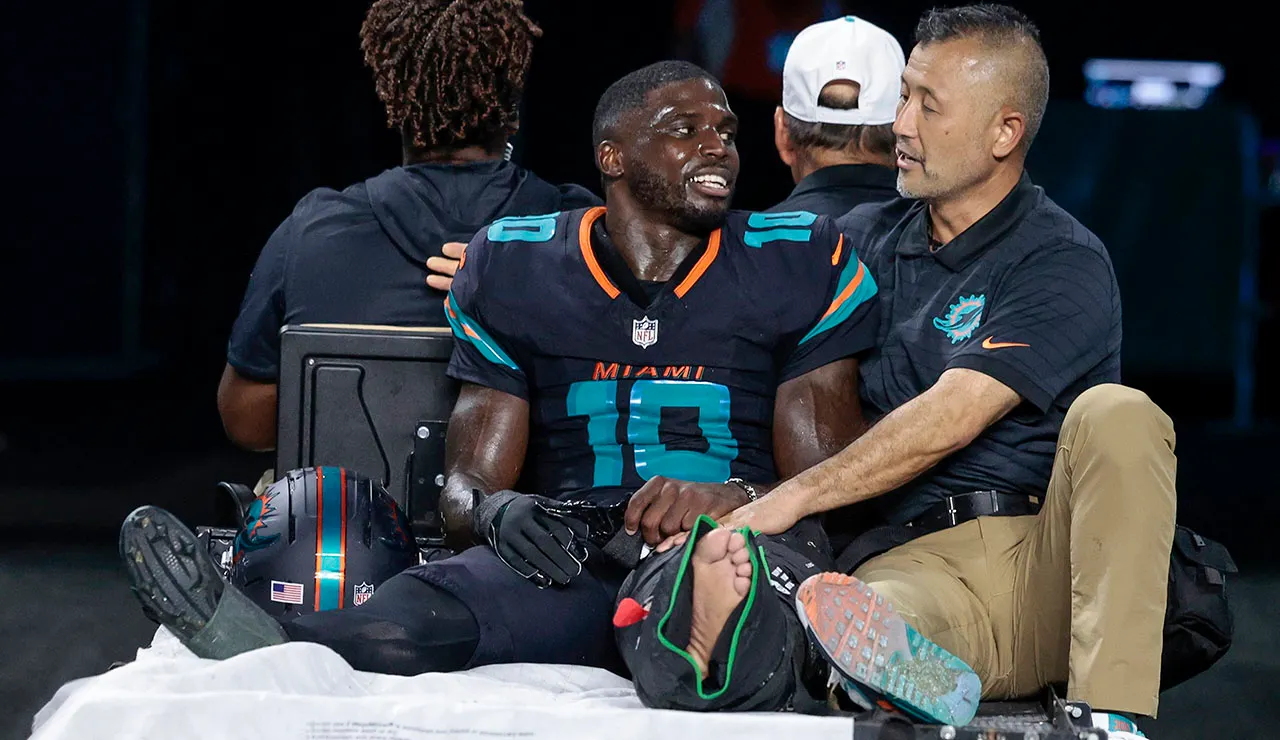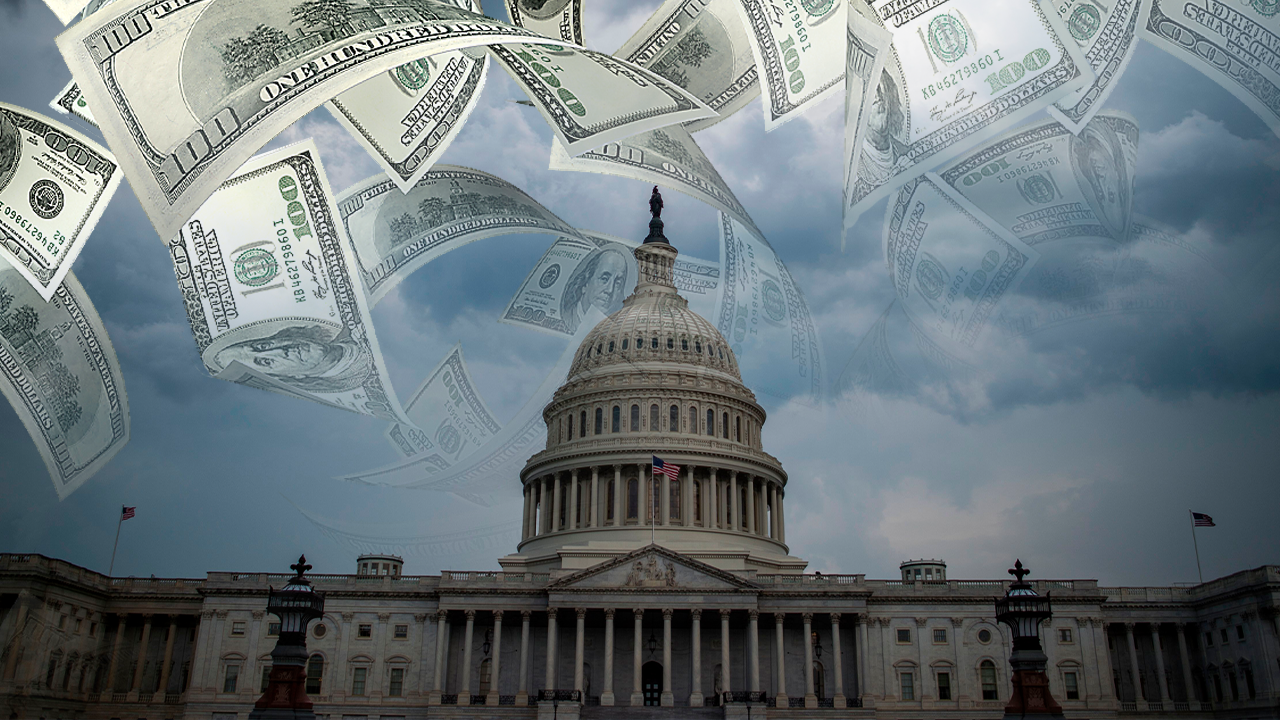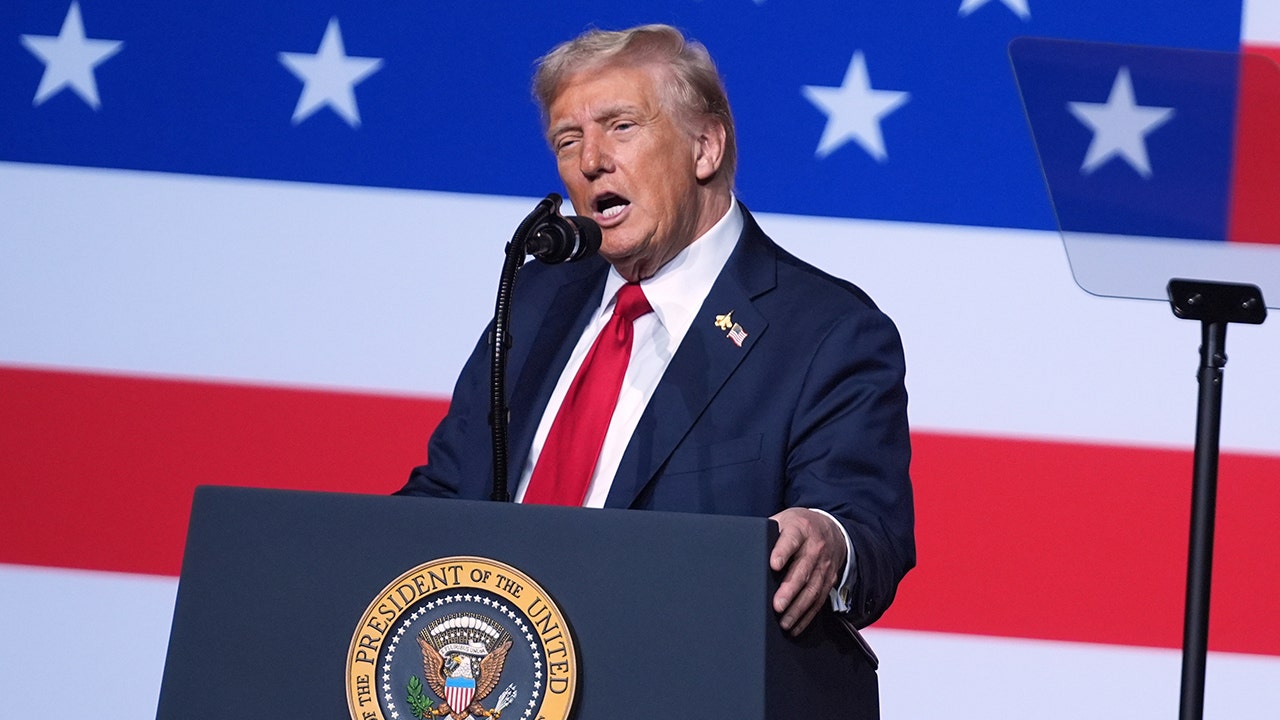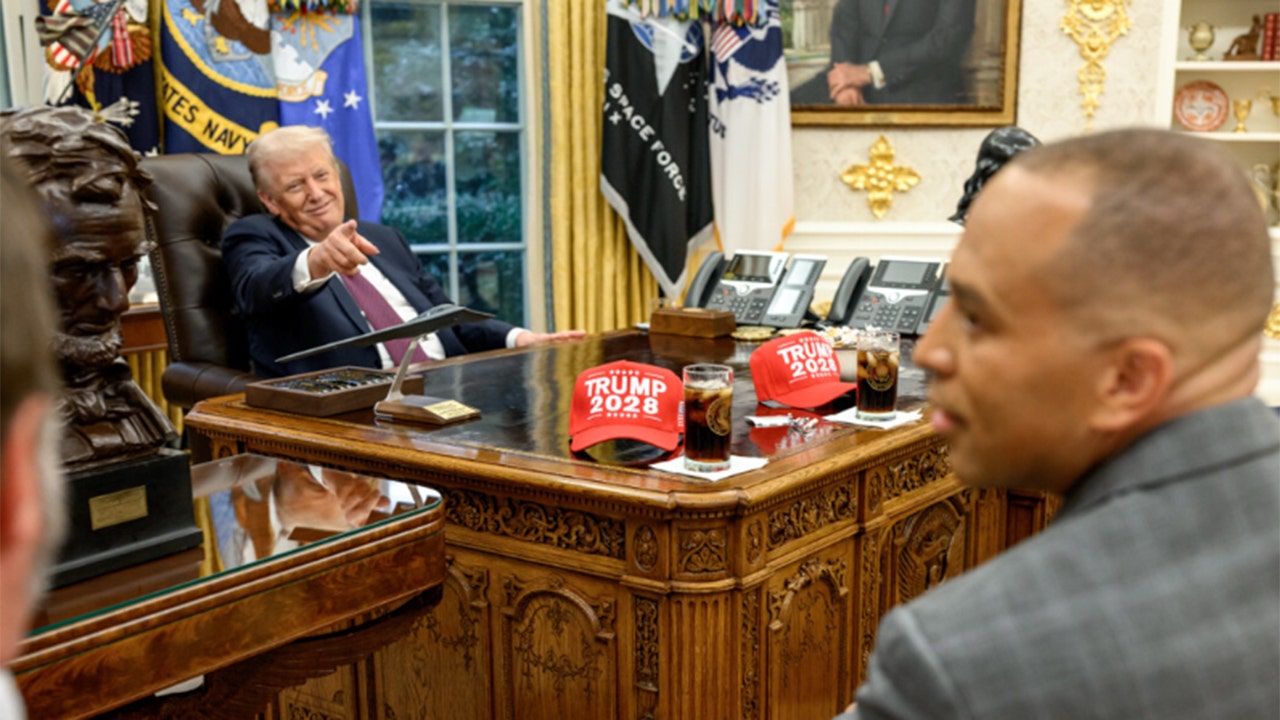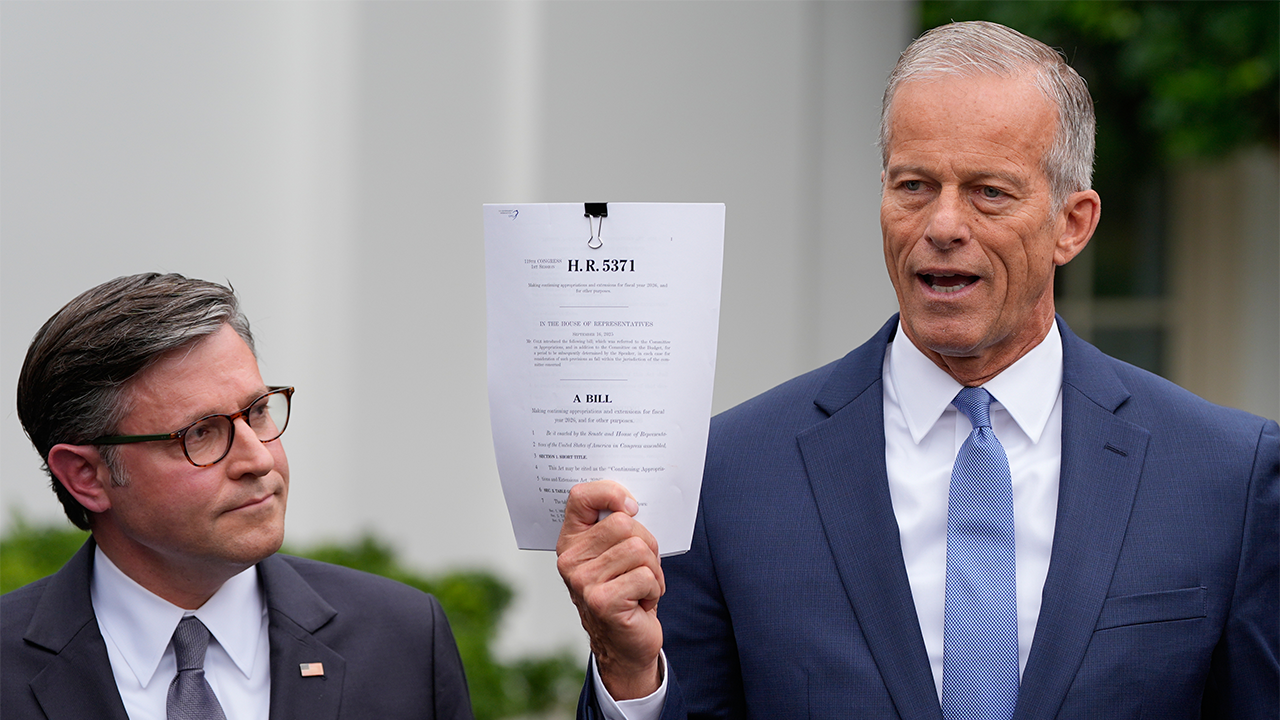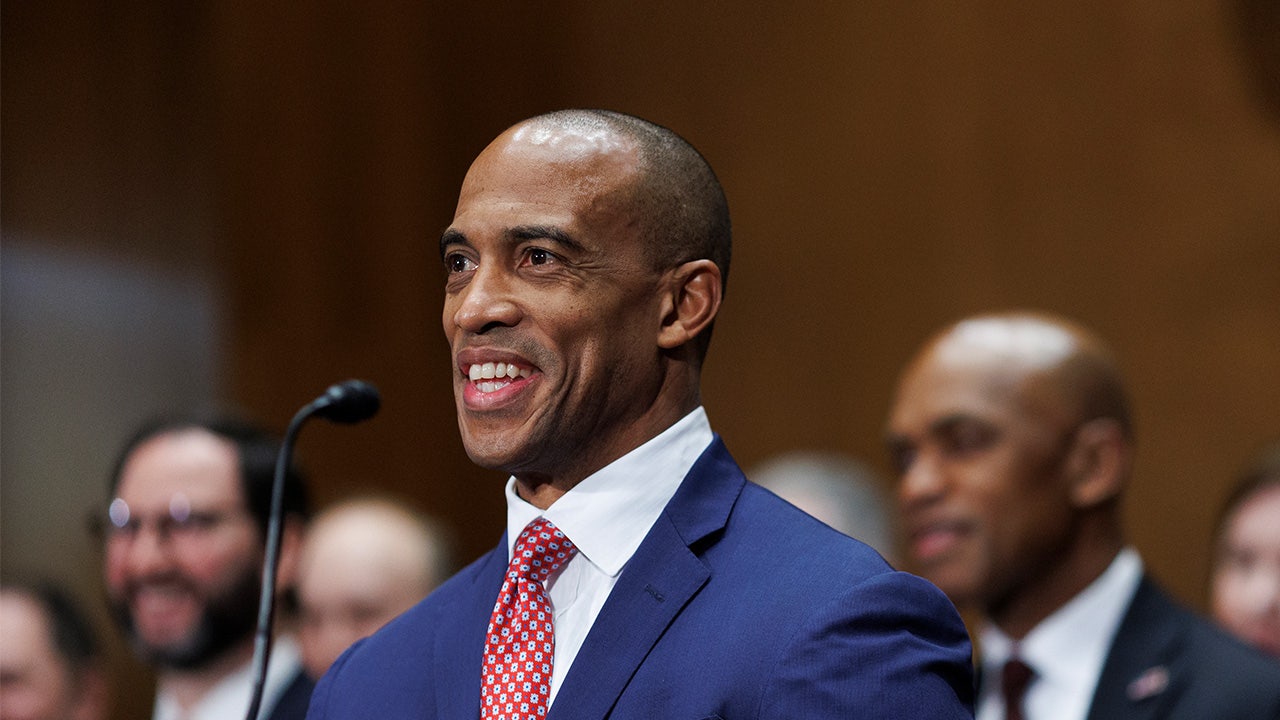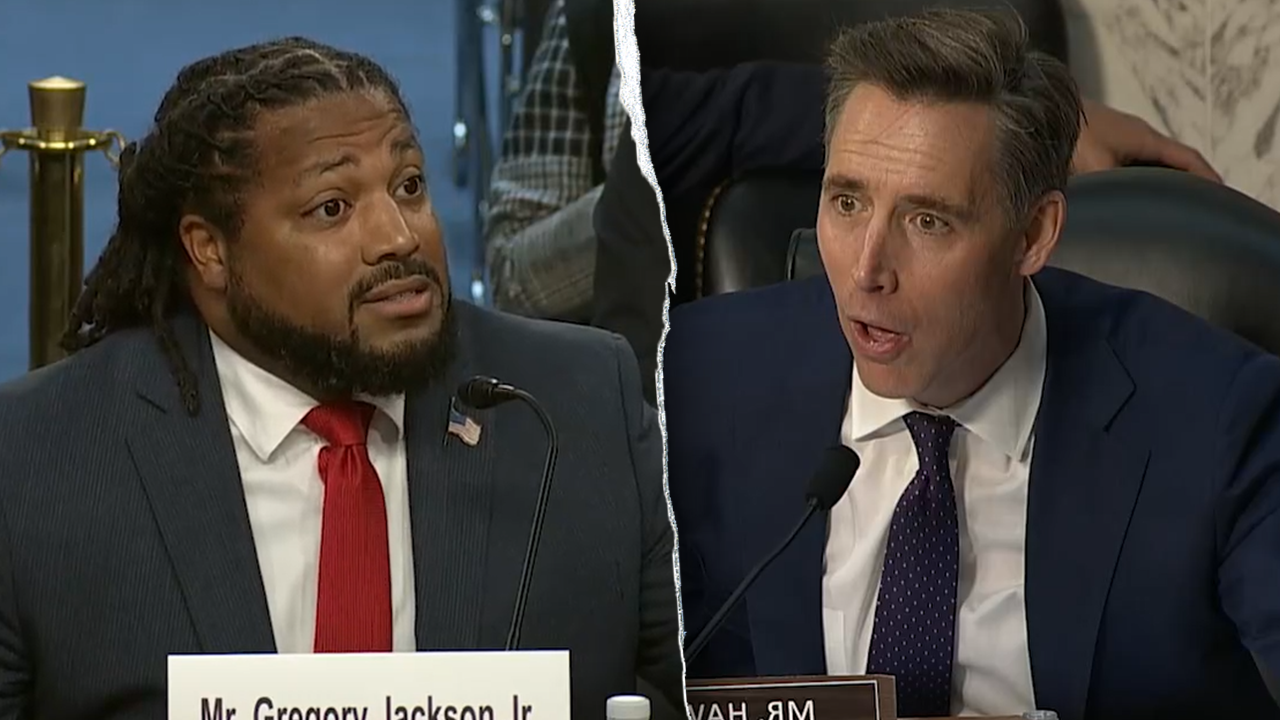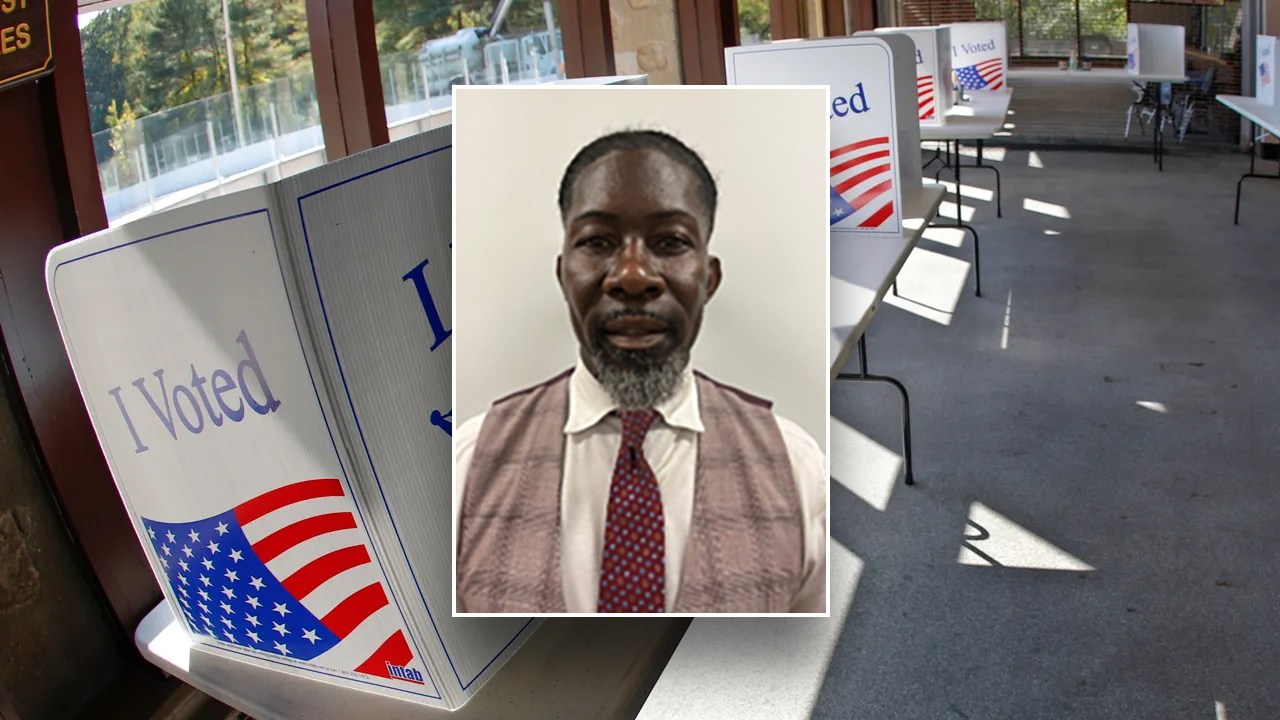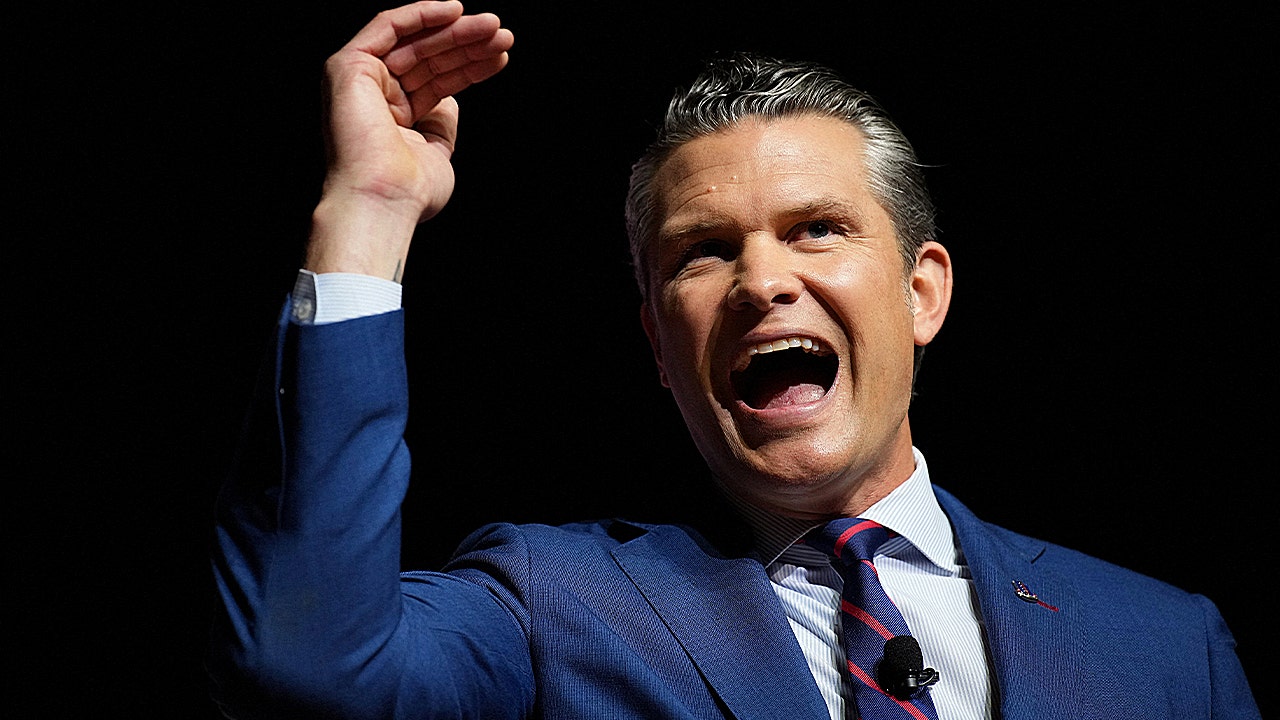NEWYou can now listen to Fox News articles!
The federal government is officially entering a partial shutdown on Wednesday after the midnight funding deadline passed with Democrats and Republicans failing to agree on a funding bill.
An earlier attempt by Senate Republicans to pass a short-term extension of fiscal year (FY) 2025 government funding levels, called a continuing resolution (CR), was sunk by Democrats who were furious about being sidelined in shutdown negotiations.
The bill, which would have given Congress until Nov. 21 to set FY 2026 funding priorities, passed the House largely along party lines on Sept. 19. The Senate is expected to vote on the same bill again on Wednesday, with more votes to come through the rest of the week and into the weekend until either a deal is struck or Democrats relent.
House Republicans have been away from Washington in order to pressure the Senate to pass their bill. House Democrats, however, returned this week in a bid to paint a contrast between themselves and the GOP.
SHUTDOWN EXPLAINED: WHO WORKS, WHO DOESN’T AND HOW MUCH IT COSTS
In addition to their anger over being sidelined, Democrats had also pushed for a CR to extend Obamacare subsidies that were enhanced during the COVID-19 pandemic but were set to expire at the end of 2025.
Republican leaders signaled they were willing to discuss those healthcare dollars later this year but accused Democrats of risking the entire federal government over their demands.
“There isn’t any substantive reason why there ought to be a government shutdown. This is something that has been done routinely, as I said, 13 different times when the Democrats had the majority. But we are not going to be held hostage for over $1 trillion in new spending on a continuing resolution,” Senate Majority Leader John Thune, R-S.D., said ahead of the vote.
President Donald Trump and the Office of Management and Budget (OMB) now have wide discretion over what federal services will remain active. However, thousands of government workers are set to be furloughed or made to temporarily work without paychecks, and a litany of federal agencies could be closed.
OMB Director Russ Vought released a memo shortly after the GOP’s CR failed that said because it was “clear” that Senate Democrats would block any more attempts to pass the bill before the deadline, “affected agencies should now execute their plans for an orderly shutdown.”
“It is unclear how long Democrats will maintain their untenable posture, making the duration of the shutdown difficult to predict,” the memo read. “Regardless, employees should report to work for their next regularly scheduled tour of duty to undertake orderly shutdown activities.”
Some federal workers could lose their jobs permanently as well, with OMB Director Russ Vought issuing guidance earlier this month warning offices to consider plans for mass layoffs in the event of a shutdown.
Trump told reporters earlier in the day that Republicans did not want a shutdown, but warned the GOP could inflict pain on Democrats should the government close.
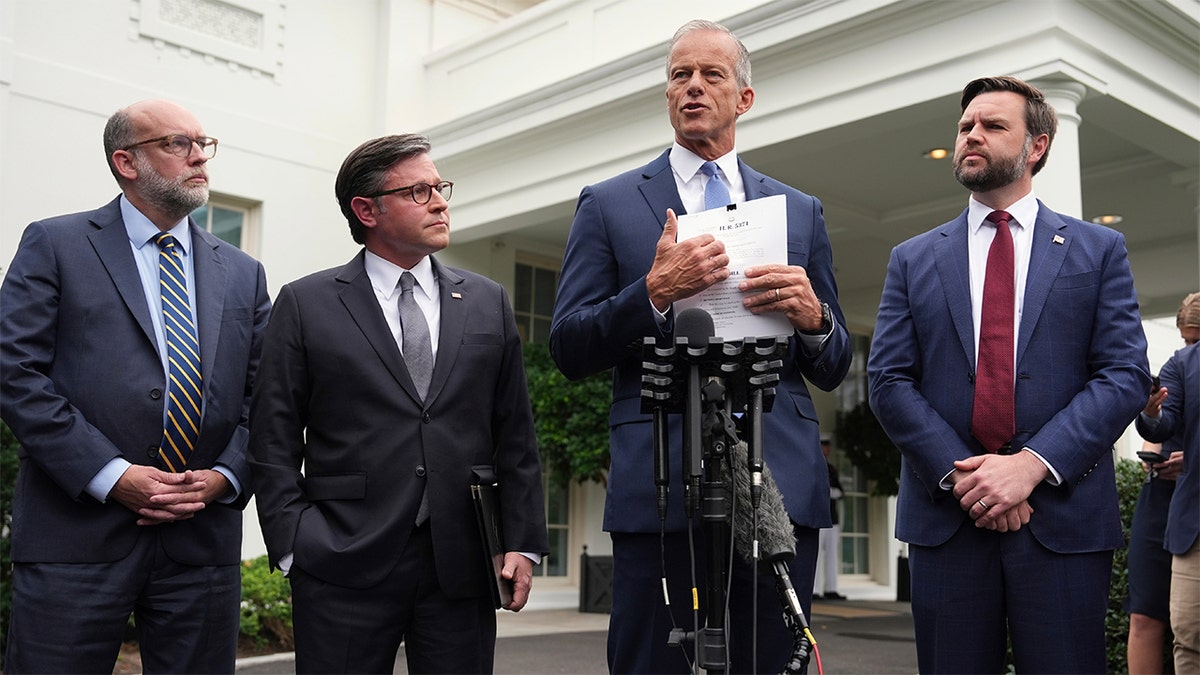
“We can do things during the shutdown that are irreversible, that are bad for them and irreversible by them, like cutting vast numbers of people out, cutting things that they like, cutting programs that they like,” Trump said in reference to OMB’s memo.
Senate Minority Leader Chuck Schumer, D-N.Y., responded to Trump during a press conference on Tuesday, “Well, there it is. Trump admitted himself that he is using Americans as political pawns. He is admitting that he is doing the firing of people. If God forbid it happens, he’s using Americans as pawns.”
“As I said, Democrats did not want a shutdown. We stand ready to work with Republicans to find a bipartisan compromise, and the ball is in their court,” Schumer said.
Congressional Budget Office (CBO) Director Phillip Swagel wrote a letter to Budget Committee Chair Lindsey Graham, R-S.C., and Sen. Jeff Merkley, D-Ore., on Tuesday laying out the possible effects of a shutdown.
SCHUMER, DEMOCRATS FACE HEAT FOR SHIFTING STANCE ON GOVERNMENT SHUTDOWN THREAT
“In general, a longer lapse will have larger effects than a shorter one will,” Swagel wrote.
The CBO estimated, based largely on previous reports from prior shutdowns in 2019 and 2018, that “about 750,000 employees could be furloughed each day; the total daily cost of their compensation would be roughly $400 million.”
The report also noted that given the OMB’s directive of mass firings beyond typical furloughs, the daily cost of a shutdown could decrease. Active-duty service members would also go without pay, while lawmakers are constitutionally required to still be paid.
And while House and Senate Republicans are both expected to be back in Washington next week, the Capitol will see certain modifications during a shutdown.
JD VANCE SAYS GOVERNMENT LIKELY ‘HEADED INTO A SHUTDOWN’ AFTER TRUMP MEETS WITH DEMS
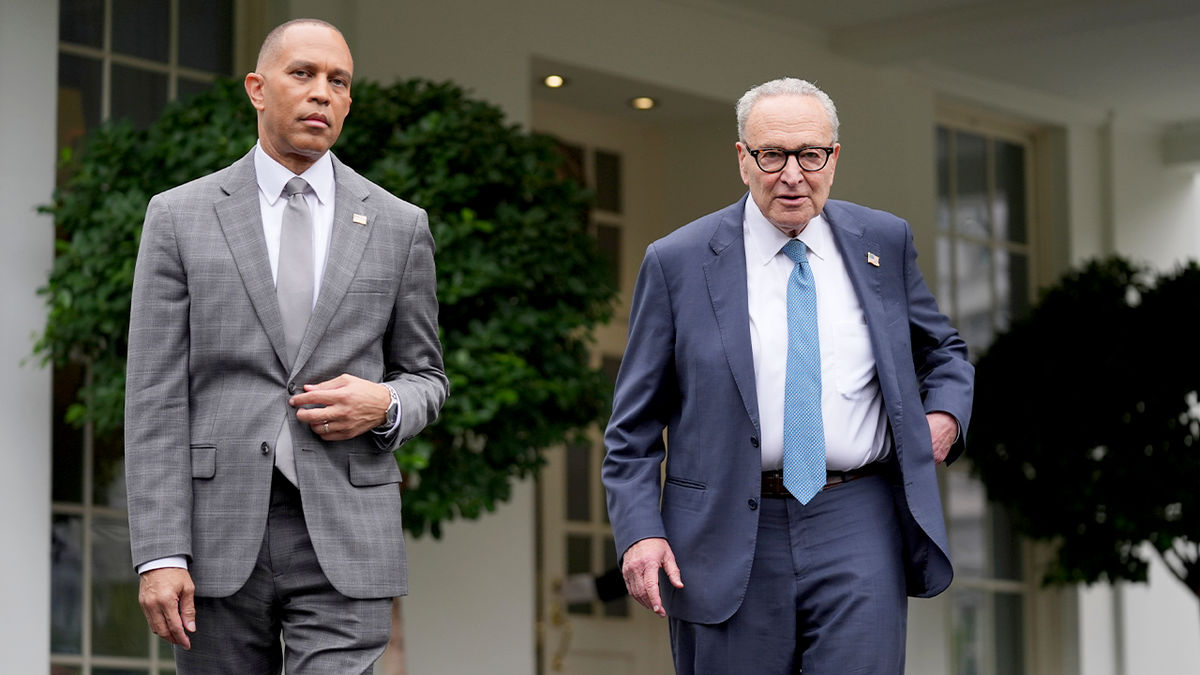
The Capitol Visitor Center, the Botanic Garden and the Library of Congress will all be closed to visitors, according to guidance sent to lawmakers and obtained by Fox News Digital.
Congressional delegation trips to foreign countries are also canceled during a shutdown, among other measures.
Speaker Mike Johnson, R-La., warned House Republicans to remain unified and on-message in the event of a shutdown during a lawmaker-only call on Monday.
He also urged House Republicans to avoid political events like fundraisers for the duration of the shutdown, and to remain largely outside D.C. until the House is due to return next week.
